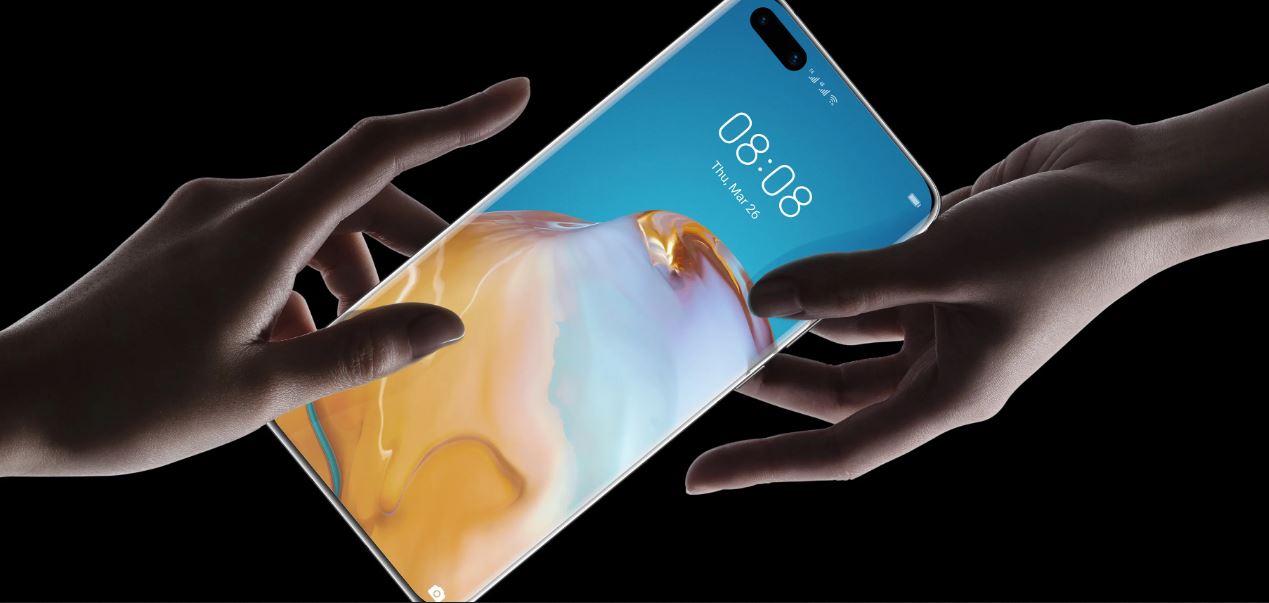Hardly any gadget launches are taking place now due to the coronavirus pandemic. But Huawei has gone ahead with the introduction of three new flagship smartphones — the Huawei P40, Huawei P40 Pro and P40 Pro+. And frankly, they are very interesting. Not only because of the spec sheet but how the company is trying to chalk out a path away from Google.
The Chinese company’s 2019 device P30 Pro was easily one of the best smartphones in the market. The new trio makes no compromises when it comes to hardware. The wait-and-watch game involves whether the world is ready to embrace apps that are Android alternatives. Soon after US President Donald Trump banned the company from doing business with his country, Google announced it would comply, meaning it would end access to the full version of Android and Google Mobile Services to Huawei.
When negotiations failed, Huawei decided to focus more on its app store and the results are promising. “Huawei Mobile Services and the App Gallery were developed very quickly and it’s getting better. There are more and more popular apps on the App Gallery now, but, yes, you have some gaps for sure. In time, all these can be fixed. We need one or two years,” Richard Yu, CEO of Huawei’s consumer business group, has told Wired.
The three phones
Like before, the biggest distinguishing feature is the camera. The base model — P40 — offers a triple rear-camera set-up comprising a primary 50MP f/1.9 camera, a 16MP f/2.2 17mm ultra-wide-angle camera, and an 8MP f/2.4 telephoto camera.
Everything gets bumped up on the P40 Pro, the successor of the very successful P30 Pro. From the pictures that are in circulation, low-light photography seems to be pretty good on the camera. It comes with a 50MP wide-angle camera, 40MP ultra-wide angle shooter, a 12MP SuperSensing telephoto camera and a 3D depth-sensing option.
On the P40 Pro+, it’s another step up — 50MP wide angle, 40MP ultra-wide angle, 8MP SuperZoom, 8MP telephoto and 3D depth-sensing camera. What is interesting are the 10X optical zoom option on the SuperZoom lens and the 3X optical zoom on the telephoto shooter. This basically means you will get amazing photos at both medium and far distances. The Pro+ takes on Samsung Galaxy S20 Ultra with its 100X maximum digital zoom but the question remains, is the feature worth buying a phone for and what would be the quality of the zoom on the Pro+?
While the P40 has a 6.1-inch display, the other two phones come with a 6.58-inch display, allowing 90Hz refresh rate. The Pro and Pro+ models look particularly great because the screen wraps around not only the left and ride sides but also the top and bottom. Yes, there is a visible bezel but it’s not much.
More than just delivering specs
We all knew Huawei can deliver a brilliant spec sheet but how will the phone’s performance be rated outside China without the usual Google apps which we have become used to? The company says more apps are being added to its AppGallery store and by the looks of it, there is ammunition to fight Android. For video chat, there is MeeTime. The company is working with TomTom to provide a Google Maps alternative. There is Huawei’s own voice assistant called Celia, which will have to take on Google Assistant. Speaking to Wired, Richard Yu has said that before the US ban “we had no plan to bring this to a global market”. He says, “Celia is just in the beginning [compared to rivals], but it’s improving very, very quickly.”
Given that cameras have become really good on flagship devices on most phones, the real battle is about the experience. And Huawei has to deliver enough apps and features to lure users to its software ecosystem. Yes, all the three models run on Kirin 990 5G chipset, but it’s now about software. Can Huawei deliver? Only time will tell.

At a glance: Huawei P40 Pro The Telegraph











